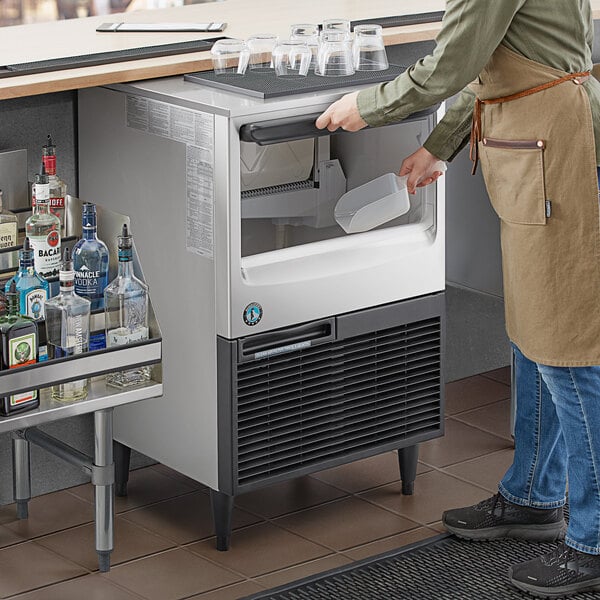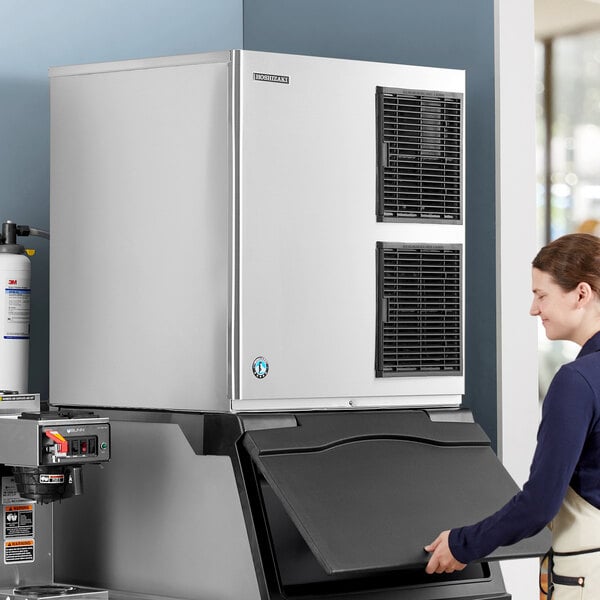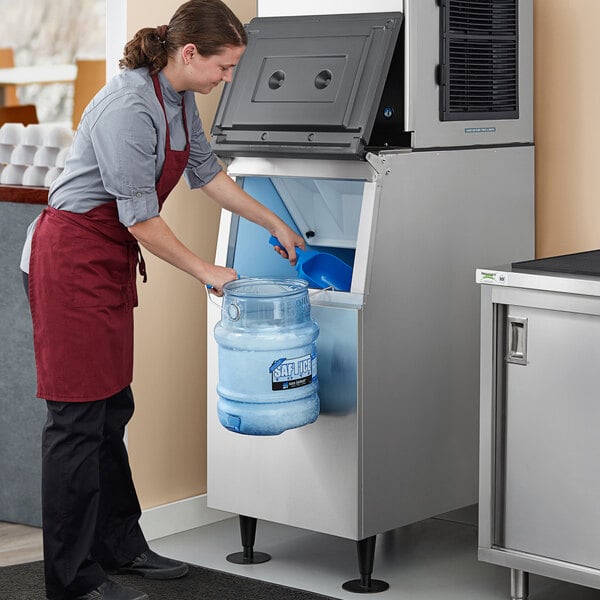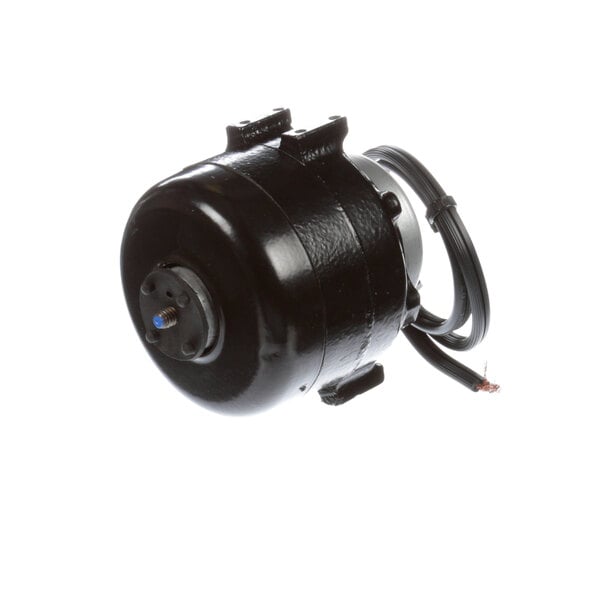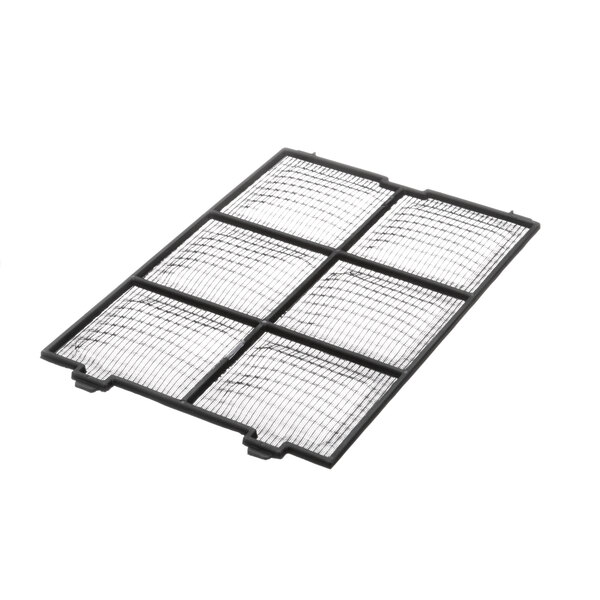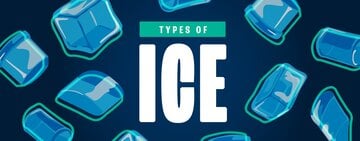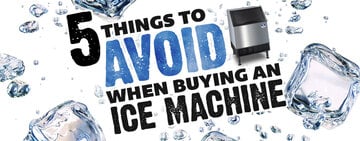Hoshizaki ice cubers have an audible alarm safety system that features several beep patterns associated with specific issues, allowing you to quickly and easily identify the problem your ice machine is facing. The number of beeps will be every 3 seconds. For flakers and specialty ice units, reference your model's service manual for specific error codes.
1 Beep: High Temperature Safety Warning
To prevent damage to the unit, the machine will shut down if the thermistor reaches a temperature over 127 degrees Fahrenheit. Complications with the hot gas valve (HGV), hot water entering the unit, or a shorted thermistor are the most common factors causing this issue.
2 Beeps: Harvest Cycle Back Up Timer
The control board has a defrost backup safety timer that protects from long harvesting. This alarm is warning you that the machine ran two 20-minute harvest cycles in a row. An open thermistor, thermostatic expansion valve (TXV) leak, the HGV not opening, low refrigerant charge, and defective compressor are the most common factors causing this issue.
3 Beeps: Freeze Timer
The control board will shut down if the freeze time is longer than the set time for two freeze cycles in a row. A closed float switch (in the up position), leaking water inlet valve, leaking HGV, low refrigerant charge, and defective compressor are the most common factors causing this issue.
4 or 5 Beeps: Short Circuit or Open Circuit
The 4-beep alarm will sound if there is a short circuit between the K4 connection on the control board and the bin control. The 5-beep alarm will sound if there is an open circuit between the K4 connection on the control board and the bin control. Check the connections and replace the wire harness if necessary.
6 or 7 Beeps: Low Voltage or High Voltage
When the voltage is below 92 volts +/- 5 percent, a 6-beep alarm will sound and the control board automatically will shut down. The machine will restart once the correct voltage is restored. When the voltage exceeds 147 volts +/- 5 percent, a 7-beep alarm will sound and shut down the unit. The machine will restart once the correct voltage is restored.
To reset the above safeties, press the "ALARM RESET" button located on the cuber's control board with the power supply on.




